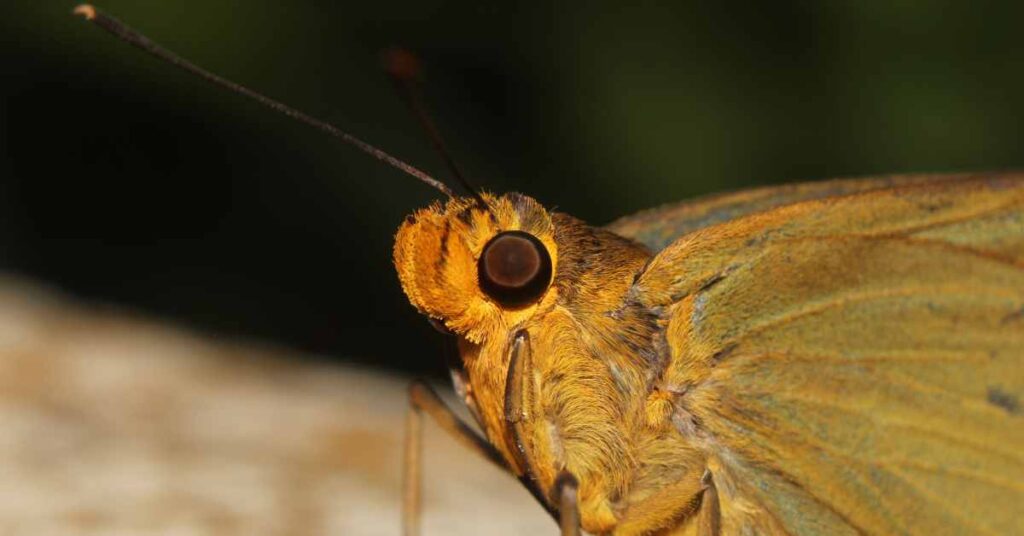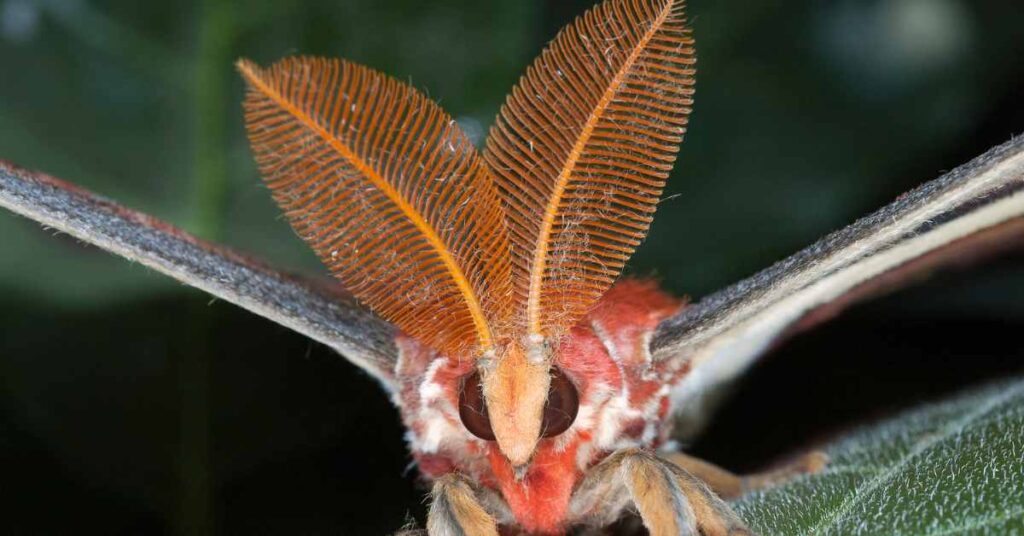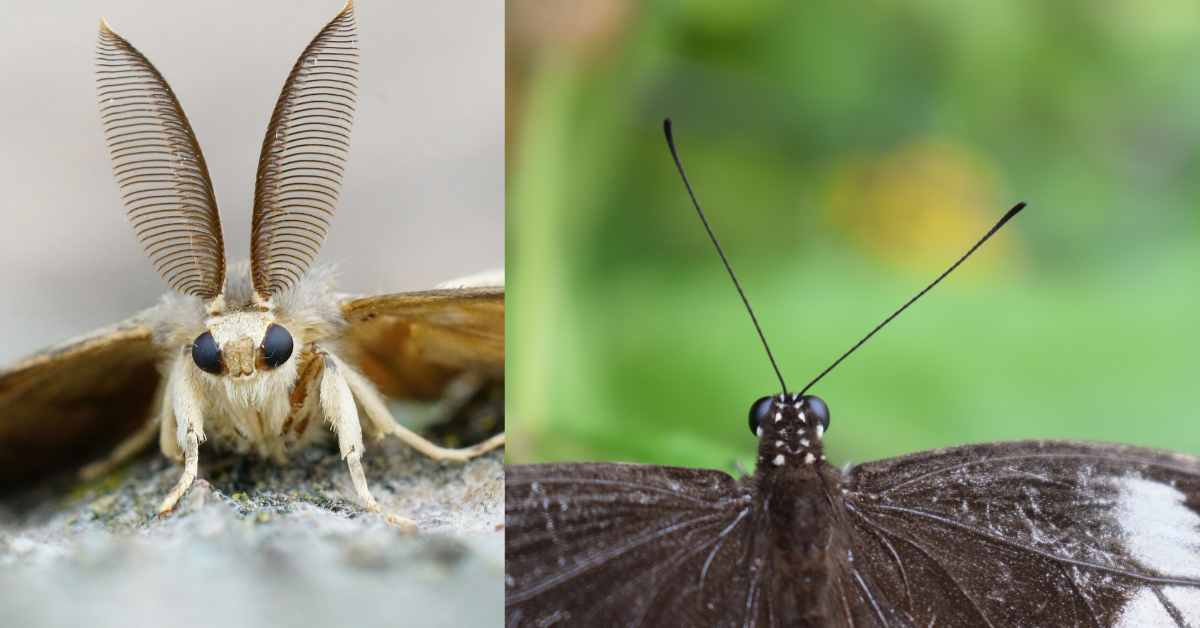Introduction to Antennae Moth
The natural world is filled with fascinating creatures that play a vital role in maintaining the balance of ecosystems. Among these creatures are moths, which often go unnoticed compared to their daytime counterparts, butterflies. However, moths are no less important. One of the defining features of many moth species is their antennae, which have evolved over time to serve critical functions. The term “antennae moth” focuses on the importance of this organ in the survival and behavior of moths.
Antennae in moths are central to how they perceive their environment. From navigating nocturnal landscapes to finding mates and food sources, these sensory organs allow moths to interact with the world in ways that are essential for their survival. This article explores the “antennae moth” as a crucial part of ecological networks, highlighting its role in biodiversity, its biological structure, and how environmental changes threaten moth populations.
What is an Antennae Moth?
The term “antennae moth” is not a single species but rather a focus on the significance of the antennae in moth species in general. Moths are a group of insects that belong to the order Lepidoptera, which also includes butterflies. Moths tend to be more active at night, and their antennae are critical to their ability to thrive in the dark.
The antennae serve multiple purposes, from detecting pheromones during mating to helping moths navigate their surroundings. Moth antennae are specialized organs that vary in shape and size depending on the species. They are equipped with sensory receptors that allow moths to detect chemical signals in their environment, making them highly sensitive to changes in the ecosystem.
The Structure of Moth Antennae
Anatomy of Moth Antennae
Moth antennae are elongated, flexible appendages attached to their heads. They are divided into segments and are covered with tiny sensory hairs known as sensilla. These sensilla are what give moth antennae their remarkable ability to detect chemical signals in the air. The antennae are connected to the moth’s nervous system, allowing the insect to process environmental cues.
There are two primary parts of moth antennae:
- Scape: The base of the antenna, which anchors it to the moth’s head.
- Flagellum: The long, segmented section of the antenna where the majority of the sensory hairs are located.
Moth antennae have a high concentration of olfactory receptors that detect chemical compounds such as pheromones and floral scents. This allows moths to locate mates, food sources, and even suitable habitats for laying eggs.
Types of Moth Antennae
Moth antennae come in various shapes, depending on the species. The two main types of moth antennae are:
- Feathery (Plumose) Antennae: These are common in male moths and have a comb-like structure. The large surface area of feathery antennae allows males to detect pheromones released by females from miles away.
- Filamentous Antennae: These are simpler, thread-like antennae that are often seen in female moths. They are still sensitive to chemical signals but lack the intricate structure of feathery antennae.
The diversity in moth antennae structures allows different species to adapt to their specific ecological niches. For instance, moths that rely heavily on pheromones for reproduction have evolved more elaborate antennae to increase their chances of finding mates.
Role of Antennae in Moth Behavior
Navigating the Environment
Moths are primarily nocturnal, meaning they are active during the night. This makes their reliance on senses other than sight particularly important. Their antennae play a crucial role in helping them navigate the dark. Moths use their antennae to detect chemicals released by plants, such as nectar or rotting fruit. These chemical signals guide the moths toward food sources that are otherwise invisible in the dark.
Moth antennae are also used to detect changes in temperature and humidity. These environmental cues help moths avoid unfavorable conditions, such as areas that are too dry or too cold, which could hinder their survival.
Mating and Reproduction
Moth reproduction heavily depends on the function of their antennae. Male moths are equipped with highly sensitive antennae designed to pick up pheromones emitted by female moths. These chemical signals can travel over long distances, guiding males toward potential mates. The more developed the male’s antennae, the better his chances of locating a female.
This pheromone-based mating system ensures that moth populations remain healthy and sustainable. Without antennae capable of detecting these signals, moths would have a much harder time reproducing, which could lead to population declines and disrupt local ecosystems.
Environmental Significance of Moths

Moths as Pollinators
Although bees and butterflies often steal the spotlight as primary pollinators, moths also play a significant role in pollination. Many plant species rely on nocturnal pollinators, and moths are among the most important of these. Moths use their antennae to locate flowers at night, often visiting plants that are overlooked by other pollinators.
Moths are attracted to flowers that release strong scents, particularly those that bloom at night. Their antennae help them detect these scents, guiding them to the flowers where they feed on nectar. As they move from flower to flower, they transfer pollen, aiding in the fertilization process.
Some plants have evolved to bloom exclusively at night to attract moths as pollinators. These plants and moths share a symbiotic relationship, where both benefit from the interaction. The plants receive help with pollination, while the moths gain access to a vital food source.
Moths in the Food Chain
Moths are an integral part of the food chain, serving as both predators and prey. As larvae, many moths are herbivores, feeding on plant matter and playing a role in plant population control. Some species are considered agricultural pests because they can cause significant damage to crops. However, in natural ecosystems, this feeding behavior helps maintain plant diversity.
Moths themselves are prey for a wide range of animals, including birds, bats, and even other insects. Their antennae help them detect predators and avoid being caught, contributing to their survival. In turn, the presence of moths supports the survival of species that rely on them as a food source, creating a balanced ecosystem.
The Impact of Environmental Changes on Moth Populations

Climate Change
Climate change is one of the greatest threats to moth populations worldwide. Rising temperatures and shifting weather patterns disrupt the delicate balance that moths rely on for survival. Moth antennae, which are finely tuned to detect environmental signals, can be thrown off by these changes.
For instance, higher temperatures may cause moths to emerge from their pupal stages too early or too late, leading to mismatches in timing with the availability of food sources. Additionally, the disruption of chemical signals in the atmosphere can make it harder for moths to locate mates, leading to declines in reproduction rates.
Habitat Loss
Habitat loss due to deforestation, urbanization, and agricultural expansion poses another significant threat to moth populations. Many species of moths depend on specific habitats for food and breeding. When these habitats are destroyed, moths lose access to the resources they need to survive.
Moths use their antennae to locate optimal environments for laying eggs, often choosing plants that their larvae can feed on once they hatch. Without these plants, moths may struggle to find suitable breeding grounds, leading to population declines. This, in turn, affects the species that rely on moths for food, creating a ripple effect throughout the ecosystem.
Light Pollution
Another environmental factor that affects moths is light pollution. Moths are attracted to artificial lights, which can confuse their natural navigation systems. This disruption in behavior can lead moths away from food sources and potential mates, causing declines in population numbers.
Moth antennae, which are adapted to pick up on natural light cues, are particularly sensitive to this interference. Light pollution not only affects moths’ ability to navigate but also exposes them to predators, as they become more visible under artificial lights.
Conservation Efforts for Moths
Protecting Moth Habitats
Conservationists are increasingly recognizing the importance of moths in maintaining biodiversity. Protecting moth habitats is essential for preserving not only moth populations but also the broader ecosystems that depend on them. Conservation efforts focus on preserving natural habitats, such as forests, wetlands, and grasslands, where moths thrive.
Programs aimed at protecting pollinators, such as bees and butterflies, often include moths, acknowledging their role as nocturnal pollinators. By ensuring that moths have access to healthy environments, we can support the plants and animals that rely on them.
Reducing Light Pollution
Reducing light pollution is another critical step in conserving moth populations. Simple measures, such as using outdoor lighting that is less attractive to moths or turning off unnecessary lights, can help prevent the disorientation that moths experience in urban environments.
By reducing the amount of artificial light in moth habitats, we can help ensure that these insects continue to perform their essential ecological functions without interference. This also helps protect other nocturnal species that share the same environments as moths.
Promoting Research and Awareness
Research into the role of moth antennae and their broader ecological importance is ongoing. Scientists are working to better understand how moths adapt to environmental changes and how their antennae function in different conditions. By studying the antennae moth and its adaptations, researchers can develop strategies to protect moth populations from the impacts of climate change and habitat loss.
Raising awareness about the importance of moths in ecosystems is another key aspect of conservation. Public education campaigns that highlight the role of moths as pollinators and as part of the food chain can help shift public perceptions and encourage support for conservation efforts.
Conclusion
The “antennae moth” represents more than just a fascinating insect; it serves as a critical indicator of environmental health. The antennae, a marvel of evolutionary adaptation, allow moths to navigate complex ecosystems, pollinate plants, and evade predators. Moths are integral to the balance of ecosystems, supporting biodiversity and contributing to ecological processes such as pollination and predator-prey relationships.
However, the environmental challenges facing moths today, including climate change, habitat loss, and light pollution, threaten to disrupt these processes. Protecting moth populations and their habitats is essential for maintaining the health of our planet’s ecosystems. As we continue to study and understand the role of moth antennae, we can take steps to ensure that these insects, and the ecosystems they support, continue to thrive.
Read More: Wolf Spider California: An Essential Predator in California’s Ecosystem

